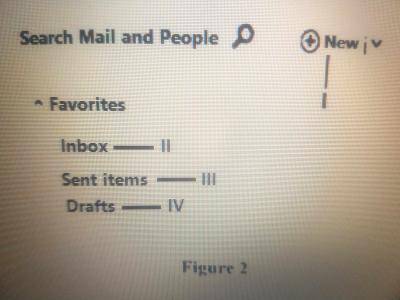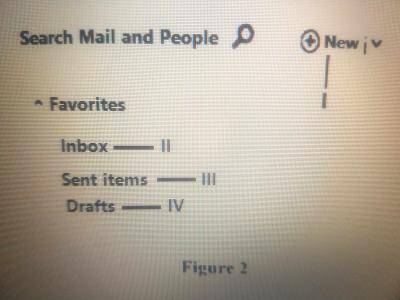
Data Processing Questions and Answers
Data Processing questions to test candidates’ acquisition of basic skills of data processing and knowledge in the application of ICT in facilitating business transactions and education.

Data Processing questions to test candidates’ acquisition of basic skills of data processing and knowledge in the application of ICT in facilitating business transactions and education.
When performing computer recovery operations after a system crash, the startup disk is used to
Restore the system to an earlier time
Update the application packages
Backup deleted users file
Recover the system disk from an image file
Correct answer is D
When performing computer recovery operations after a system crash, the startup disk is used to recover the system disk from an image file.
A startup disk typically contains essential system files and tools that are required to boot the computer and initiate recovery procedures. One common approach to recovery after a system crash is to use an image of the system disk taken at a stable and functional state. This image is often referred to as a "system image" or "backup image." By using the startup disk and this image, you can restore the entire system to a previous state, which can include the operating system, applications, and data. This process helps in recovering from crashes and issues that render the system inoperable.
Computer malware is detected by
Adware
Logic bomb
Antivirus
Antiglare
Correct answer is C
Computer malware is detected by antivirus software. Antivirus software is designed to identify, prevent, and remove various types of malicious software, commonly referred to as malware. This includes viruses, worms, trojans, spyware, adware, and other malicious programs that can harm or compromise a computer system. Antivirus software scans files, programs, and incoming data for patterns and behaviors associated with known malware, and it takes actions to quarantine or remove the detected threats. The other options mentioned—adware, antiglare, and logic bomb—are not directly related to detecting malware. Adware is a type of potentially unwanted software, antiglare refers to a screen feature, and a logic bomb is a type of malicious code that triggers when specific conditions are met.
Figure 2 is an email application interface. Use it to answer the question

To send an e-mail, the user must click on the part labelled
IV
I
II
III
Correct answer is B
To send an e-mail, the user typically clicks on the "New" part of the email application interface. This option allows the user to compose a new email message and enter the recipient's email address, subject, and content before sending it. The "New" button or option is used to initiate the process of creating a new email to be sent.
Figure 2 is an email application interface. Use it to answer the question

New messages received are save in the part labelled
II
IV
III
I
Correct answer is A
New messages that are received are typically saved in the inbox of an email application interface. The inbox is where incoming emails are displayed, allowing the user to see and manage new messages that have been received. The other options provided—New, sent items, and drafts—refer to different folders or sections within an email application, each serving a specific purpose:
New: This might refer to a "New Message" button or option, allowing you to compose and send new emails.
Sent Items: This folder contains copies of emails you have sent.
Drafts: This folder holds emails that you have started composing but have not yet sent.
One application of ICT in medicine is
Seismic software
Computerized axial tomography
Optical character recognition
Global positioning system
Correct answer is B
One application of ICT (Information and Communication Technology) in medicine is computerized axial tomography (CAT or CT scan). Computerized axial tomography is a medical imaging technique that uses X-rays and computer processing to create detailed cross-sectional images of the body's internal structures. It is used for diagnosing and monitoring various medical conditions by providing detailed images of organs, tissues, and bones.